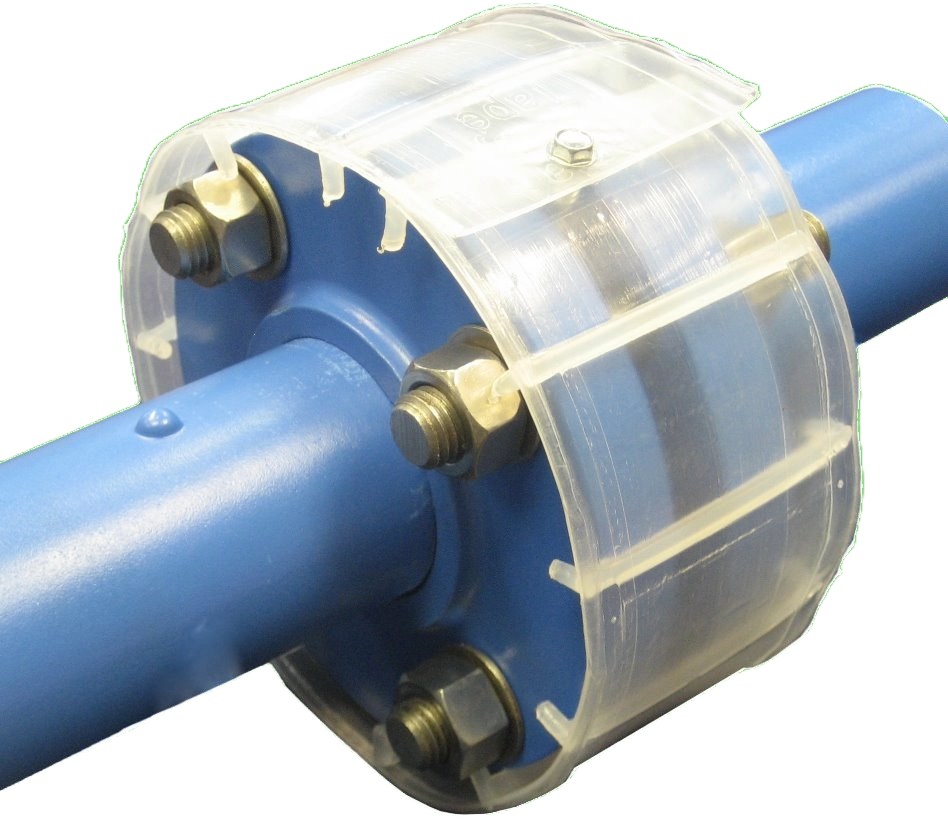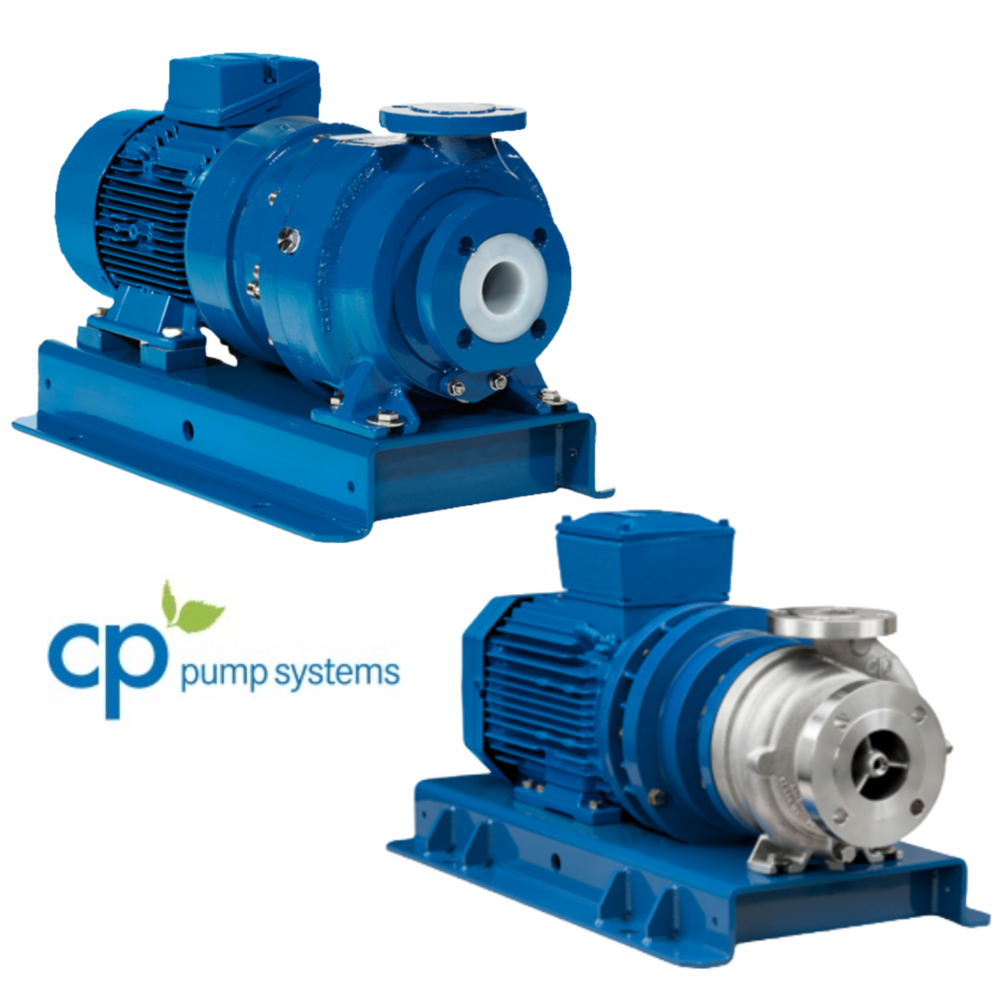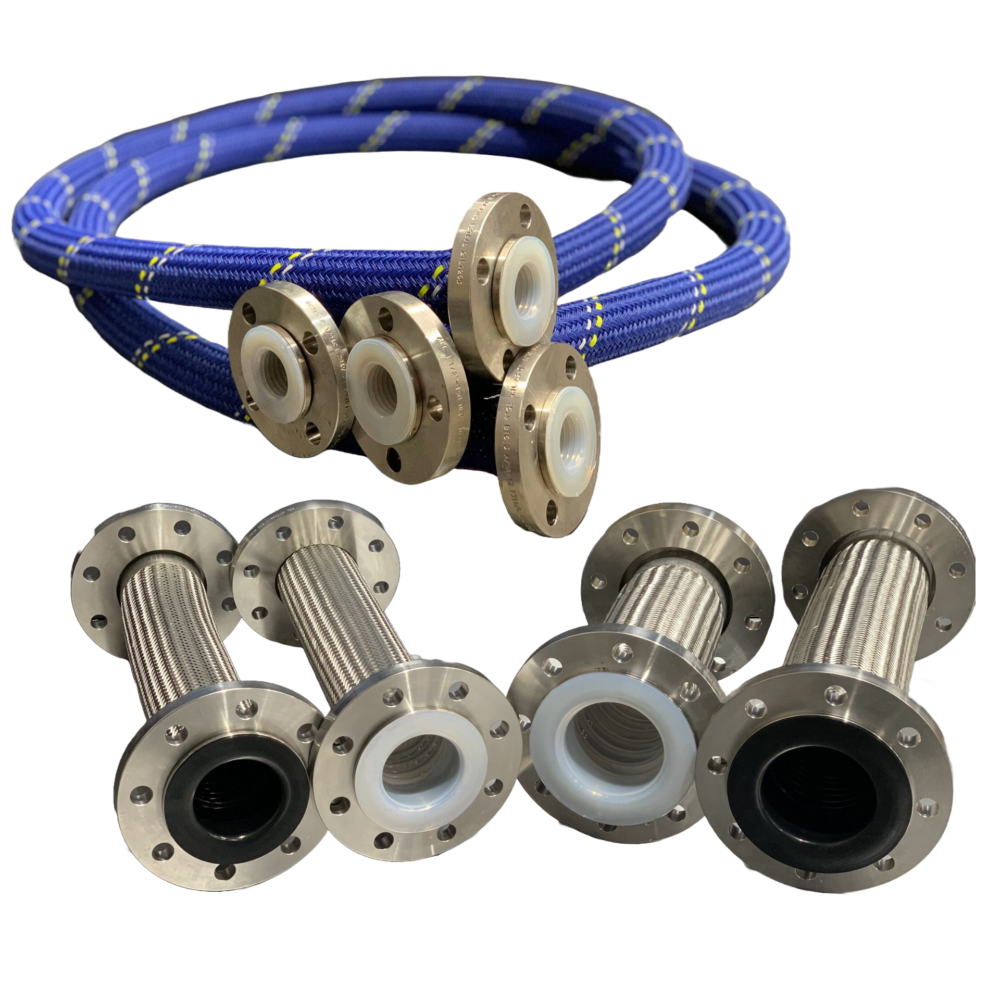Fluoropolymers
Fluoropolymers are ideal for pharmaceutical and biopharmaceutical processing equipment because they have excellent chemical and thermal resistance. Their molecules have continuous non-reactive surfaces and are compatible with virtually all chemicals and solvents. They are far more resistant to chemical attack than conventional chlorinated and hydrocarbon polymers, and have far higher service temperatures. There are a number of materials in the Fluoropolymer family. PTFE (Polytetrafluoroethylene) is the original Fluoropolymer, discovered by DuPont in 1938. From this original development there have been a number of other materials developed – trying to improve on the difficult processing characteristics of PTFE. These have been more or less successful, having to trade the original properties of PTFE in order to attain other characteristics. The principal materials used in the industries that we serve are:
- PTFE
- PFA
- FEP
- PVDF
- FFKM – (Chemraz / Kalrez)
HiPerFlon®
HiperFlon® lined piping and fittings are produced with paste extruded PTFE linings and PFA moulded fittings using raw materials manufactured from the latest APFO free catalyst processes.
UHP – UltraHiPerFlon
UltraHiPerFlon is an upgrade to the HiPerFlon lined piping range, the UHP paste extruded PTFE linings are produced from a second generation modified PTFE polymer with a tighter polymer structure providing improved permeation resistance.
PTFE
PTFE is not melt-processable and therefore usually needs to be formed into the required shape prior to sintering. PTFE comprises both carbon and fluorine atoms, as a straight chain molecule, the carbon backbone being protected by a helix of the fluorine atoms wrapped around it. This carbon fluorine bond is one of the strongest chemical bonds and gives the material its properties of corrosion resistance and non-stick.
Key Properties of PTFE
Chemically Inert
PTFE resists the most aggressive organic and inorganic chemicals and solvents over a broad temperature range. This includes:
- Strong mineral acids
- Inorganic bases
- Inorganic oxidising agents
- Salt solutions
- Aldehydes
- Chlorocarbons
- Organic Acids
- Anhydrides
- Aromatics
- Alcohols
- Ketones
- Esters
- Fluorocarbons
Electrical Properties
The ability to resist an electrical charge is measured by surface and volume resistivity. In the case of PTFE these figures are colossal. Depending upon how the test work is performed, values in excess of 1017Ω cm are considered minimum. In the case of equipment lined for the chemical and pharmaceutical industry this property can be a nuisance as PTFE lined equipment may build up electrostatic charges and be unable to dissipate them. This is considered elsewhere in relation to static-dissipating materials.
Low Friction
PTFE has a very low coefficient of friction and for all calculation purposes it can be considered hydraulically smooth,
Thermal Stability
PTFE retains useful properties (i.e. not more than 15% loss of chemical resistance) at up to 200°C and sometimes beyond depending upon the application. In fact it has the highest retention of its chemical properties of any known plastic like material. (Please be wary of materials performance data stating that PTFE has an upper service limit of 260oC. This is true in a laboratory situation, but in service most material properties such as mechanical strength will have been lost preventing it from performing a useful duty.)
PTFE Paste Extrusion
CRP uses the most expensive grades of PTFE. These are coagulated dispersions, often referred to as fine powders. These have a very close process control of grain size range and are uniquely capable of being sheared by lubricated paste extrusion into a coherent fibrous matrix with useful structural integrity. Pipe liners for the chemical and pharmaceutical industry are almost universally manufactured from PTFE. The paste extrusion process provides the highest level of surface finish, the highest resistance to permeation and the closest dimensional control of all of the methods of lining in PTFE. This serves to differentiate what we manufacture from processing technologies using lower quality and priced materials – being ram extrusion, mandrel wrapping and isostatic moulding.
Paste extrusion however is only suitable for making straight lengths of PTFE tubing colloquially known as pipe liners in our industry. It can be subsequently manipulated into bends and other simple forms, but is not capable of lining complex shapes without joints.
PFA
PFA (Perfluoroalkoxy) was developed in order to achieve a true melt-processable fluoropolymer. Its characteristics are such that in service it can be considered as interchangeable with PTFE in terms of its chemical service and temperature and pressure duty. It has the highest permeation performance of the fluoropolymers, exceeding that even of paste extruded PTFE. It also provides the smoothest and least wettable finish of all of the Fluoropolymers. Unfortunately the trade-off is cost, the material being more expensive than PTFE. CRP uses PFA in the production of most of its lined fittings and the Flowserve range of Atomac and Durco valves are available lined in PFA.
FEP
FEP (Fluorinated Ethylene Propylene) is another melt-processable Fluoropolymer. It does not have the almost universal chemical resistance of PTFE and PFA and its maximum operating temperature in service is 150oC. Where the chemical performance and temperature duty are not an issue, the material provides a less expensive alternative to PFA.
PVDF
PVDF (Polyvinylidene difluoride) is an engineering fluoropolymer and has a more limited range of chemicals performance and an upper temperature limit of 120oC. Although replaced in many applications by the improved performance of PTFE resins, it remains the material of choice for low temperature halogen applications – Bromine and Chlorine.
FFKM
This group of materials are perfluoroelastomeric compounds containing an even higher amount of fluorine than FKM fluoroelastomers. CRP use FFKM seals supplied by Greene Tweed, Chemraz® is a their proprietary compound of FFKM. It is used specifically in the manufacture of seals, combining the resilience and sealing force of an elastomer with chemical resistance approaching that of PTFE. CRP uses Chemraz 505 seals in the manufacture of sampling systems.























































